Your monthly checklist for November gardening tips. Our expert knowledge and advice will help your garden flourish this month.
November Gardening Tips
Fruit & Vegetables
Fruit Trees and Berry Bushes
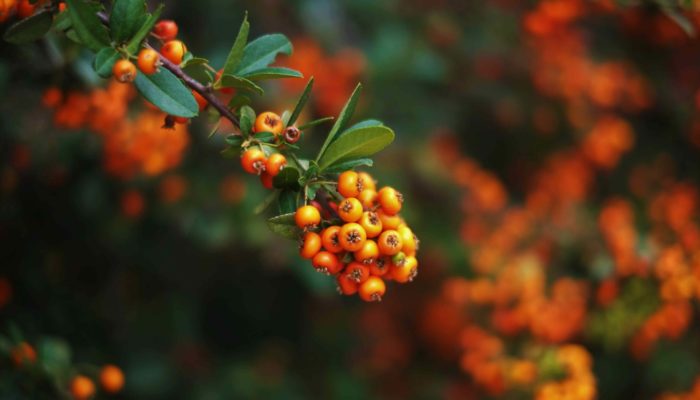
- Harvest Remaining Fruits: Before the frost takes its toll, gather any remaining apples, pears, and other late-season fruits. Enjoy fresh or preserve them for the winter months.
- Pruning and Maintenance: Trim away dead or diseased branches from fruit trees and berry bushes. This not only promotes healthy growth but also helps prevent the spread of diseases. Remove any fallen fruit from the ground to prevent pests.
- Mulching: Apply a layer of mulch around the base of your fruit trees and berry bushes to insulate their roots from freezing temperatures.
Vegetable Garden
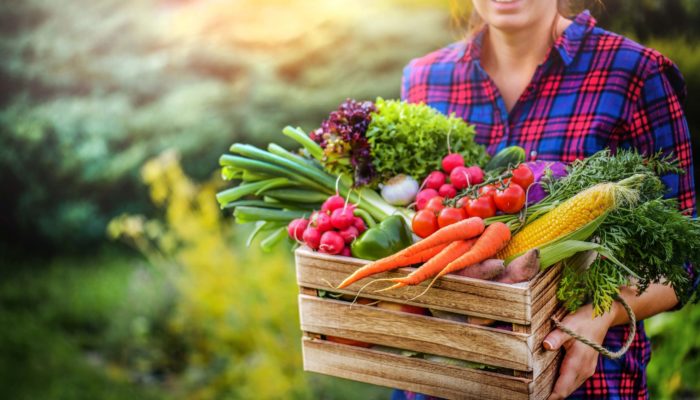
- Harvest Root Vegetables: November is a great time to pull up the last of your root crops, such as carrots, beets, and potatoes. Store them in a cool, dark place for fresh eating throughout the winter.
- Cover Crops: Consider sowing cover crops like winter rye or clover in empty garden beds. Cover crops protect the soil from erosion, suppress weeds, and improve soil health.
- Protect Your Cold-Hardy Vegetables: If you have cold-hardy vegetables like kale, spinach, or Brussels sprouts, provide them with row covers or cold frames to extend their harvest season.
Herbs and Planning for Spring
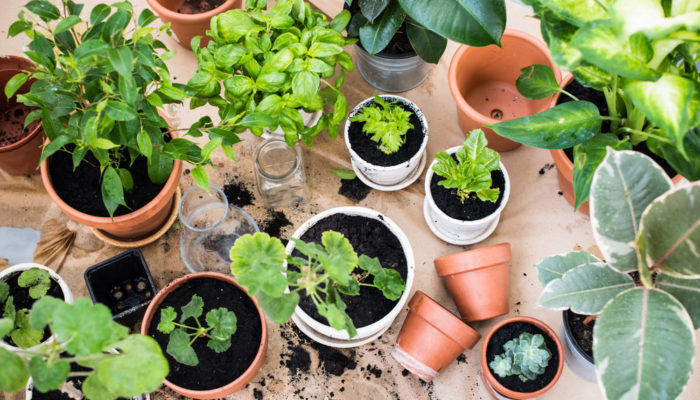
- Harvest Herbs: Gather and dry herbs like rosemary, thyme, and sage. Store them in airtight containers to use in your winter cooking.
- Plan for Spring: While tending to your fruit and vegetable garden, take time to plan for the spring ahead. Research new fruit and vegetable varieties, crop rotations, and any improvements you’d like to make in the coming season.
- Soil Testing and Amendments: Consider conducting soil tests to determine the nutrient levels in your garden beds. Based on the results, amend the soil with compost, organic matter, or other necessary nutrients to ensure your garden soil is at its best for the upcoming growing season.
November Gardening Tips
Flowers
Perennials and Roses
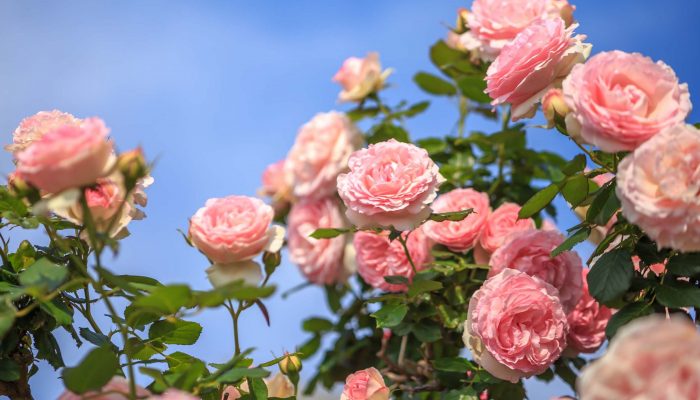
- Cut Back and Prune: Trim back perennial flowers and roses to remove dead or diseased growth. Reducing their height also prevents wind damage and promotes healthy growth.
- Mulching: Apply a layer of mulch around the base of perennials and rose bushes to insulate their roots from freezing temperatures. This helps protect them from frost heaving.
- Plant Spring-Blooming Bulbs: November is the perfect time to plant spring-flowering bulbs like daffodils, tulips, and crocuses among your flowerbeds. Choose a location with well-drained soil and follow the planting instructions on the bulb packaging.
Annuals and Containers
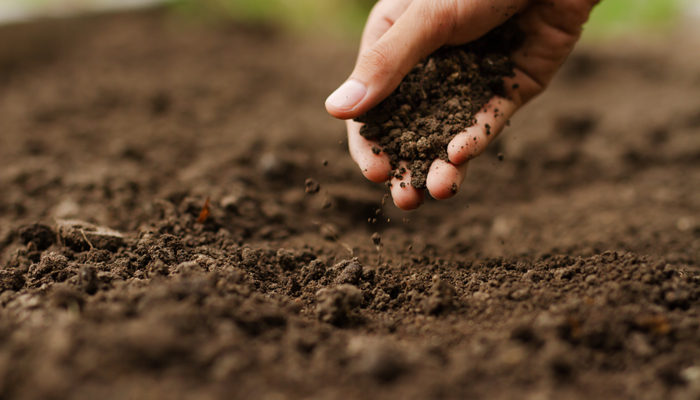
- Remove Spent Annuals: Clear out and compost any annual flowers that have faded to make space for new growth. Removing spent flowers also prevents the spread of disease.
- Winter Containers: Consider planting winter containers with cold-tolerant flowers such as pansies, ornamental cabbages, and heathers. These additions will add a splash of colour to your garden throughout the winter months.
- Prepare Soil: Before planting winter containers, ensure the soil is well-drained and amend it with compost or organic matter to provide a healthy growing environment for your winter blooms.
Prepare for Spring
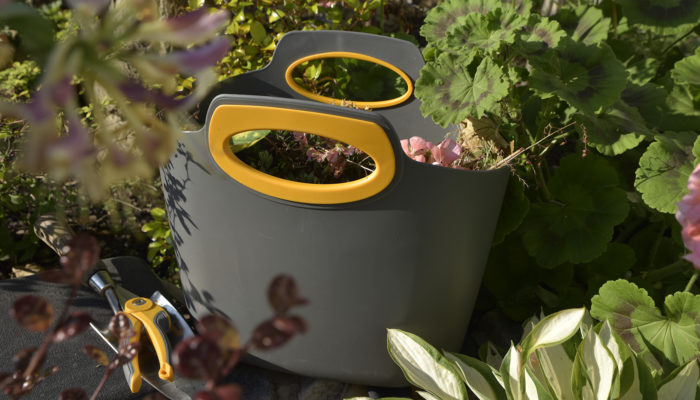
- Bare-Root Roses and Shrubs: November is the best time to plant bare-root roses and shrubs. Soak the roots before planting, and make sure they are well-anchored in the soil. Proper planting now sets the stage for beautiful spring growth.
- Plan for Spring: While tending to your flower garden, take time to plan for the spring ahead. Research new flower varieties, color schemes, and garden designs. Make a list of any necessary supplies and start early if you plan to grow flowers from seeds.
- Weed Control: November is a great time to tackle persistent weeds and invasive plants. Removing them now prevents competition for nutrients and space in your garden come spring.
November Gardening Tips
Greenhouse
Greenhouse Maintenance
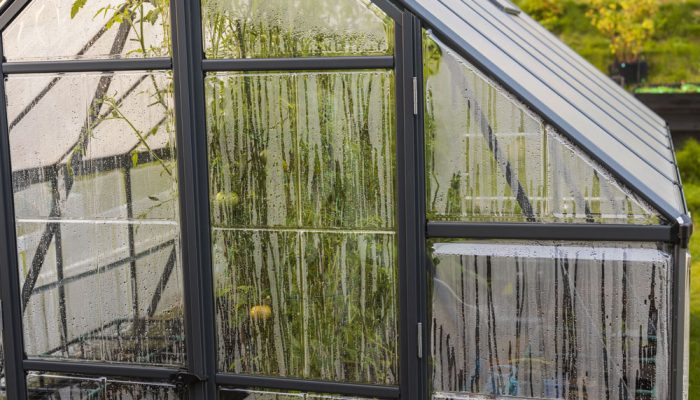
- Clean and Organise: Start the month by giving your greenhouse a thorough cleaning. Remove debris, old plant material, and any overwintering pests. Sanitize work surfaces and pots to reduce the risk of diseases.
- Check for Repairs: Inspect the greenhouse for any needed repairs. Look for leaks, damaged glazing, or broken equipment. Address these issues before the winter weather sets in.
- Ventilation and Temperature Control: Adjust your greenhouse’s ventilation system to maintain proper temperature and humidity levels. Install additional heating or insulation if necessary to protect sensitive plants from frost.
Overwintering Plants
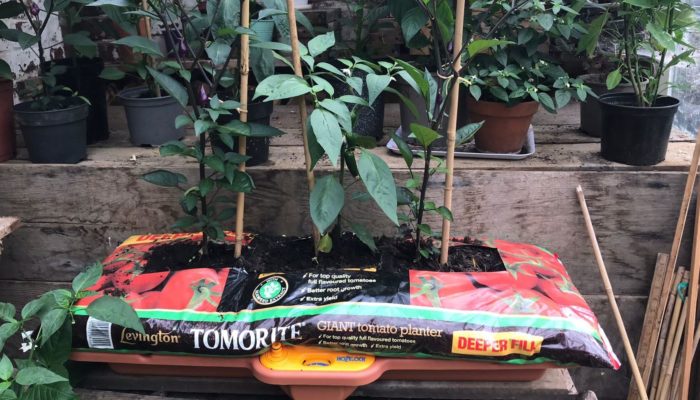
- Move Tender Plants In: Bring tender plants and tropical specimens into the greenhouse for winter protection. Ensure they have adequate light and maintain proper temperature conditions for their specific needs.
- Monitor Watering: Reduce the frequency of watering for overwintering plants. Be careful not to overwater, as reduced light and temperature can slow growth and moisture requirements.
- Prune and Inspect: Before moving plants into the greenhouse, prune and inspect them for pests and diseases. Treating any issues now can prevent them from spreading to healthy plants.
Planning and Seed Starting

- Plan for Spring: Use the greenhouse to get a head start on your spring gardening. Start planning and ordering seeds, bulbs, and young plants. Make a list of the supplies you’ll need.
- Early Seed Starting: If you want to get a jump on your spring garden, start seeds of cold-tolerant vegetables and early-blooming flowers in pots or trays in the greenhouse.
- Set Up Propagation Area: Create a dedicated propagation area in your greenhouse for taking cuttings or starting seeds. This space will be invaluable as you prepare for the coming growing season.
November Gardening Tips
Lawns, Ponds & Wildlife
Lawn Cleanup
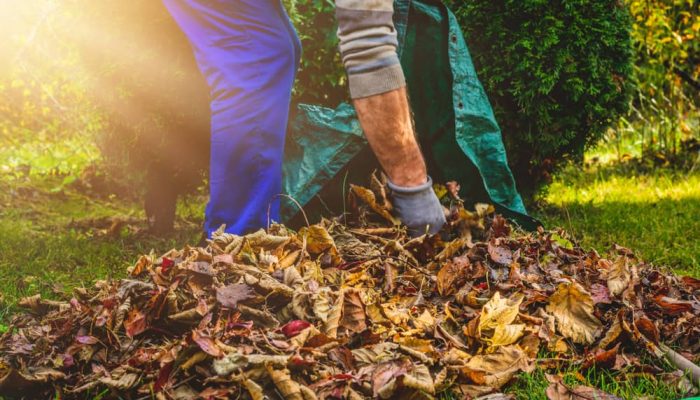
- Rake leaves: Raking leaves promptly is crucial to prevent your lawn from being smothered and to maintain its health. Leaves left on the lawn can create a habitat for diseases and block sunlight. Consider composting the leaves or using them as mulch in other areas of your garden.
- Aerate and seed: Lawn aeration is an effective way to improve soil aeration, allowing air, water, and nutrients to reach the grassroots. This process is particularly important if your lawn has compacted soil. After aerating, overseeding helps fill in bare or thin areas, promoting a lush, healthy lawn.
- Final mow: Giving your lawn a final mow at a slightly lower height in late fall is a good practice to prevent grass matting and snow mold during the winter. However, be cautious not to cut the grass too short, as maintaining some grass length helps protect it from cold temperatures.
Pond Maintenance
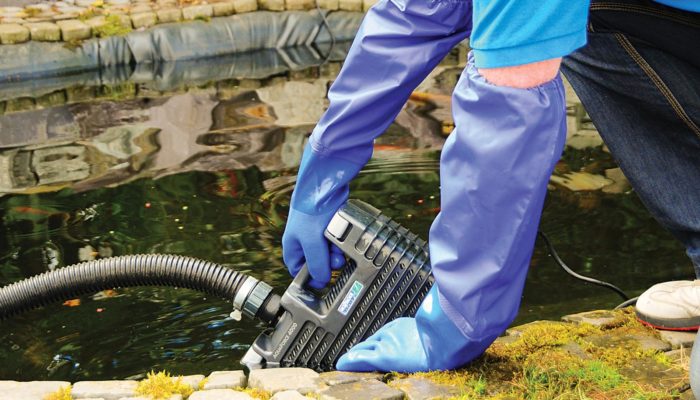
- Remove debris: Clearing leaves and debris from your pond’s surface is essential for maintaining water quality. Decaying organic matter can lead to poor water quality and reduced oxygen levels. Using a net or skimmer to keep the pond’s surface clean is a helpful approach.
- Prune aquatic plants: Trimming back aquatic plants is crucial to prevent overcrowding in your pond. Overgrown plants can block light and lead to stagnant water, reducing oxygen levels. Additionally, removing dead or yellowing leaves from the plants helps maintain water quality.
- Fish care: As water temperatures drop, fish become less active and require less food. Overfeeding can lead to water quality issues. Using a pond heater or aerator to maintain an ice-free area in the pond ensures that fish have access to oxygen and prevents them from becoming trapped under ice.
Wildlife
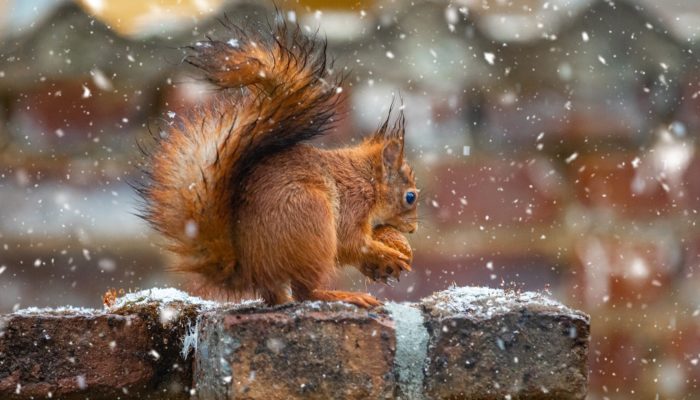
- Bird feeders: Supporting local wildlife is essential during the lean months of winter. Keeping bird feeders well-stocked with a variety of seeds provides essential nutrition for avian visitors and helps maintain their well-being.
- Provide water: Birds and other wildlife need access to water even during the cold months. Providing a heated birdbath or breaking ice regularly ensures they have a reliable water source, contributing to their survival.
- Nest box maintenance: Cleaning out birdhouses and nesting boxes in the fall is a critical step to provide a welcoming environment for birds during the next nesting season. Removing old nests and debris creates a clean and inviting space for new occupants.
We hope you enjoyed reading about the top gardening jobs in November. If you’d like to get involved, drop us a comment below with your plans for this month!


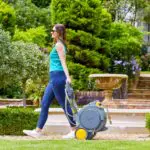

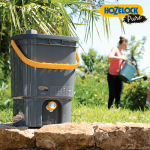

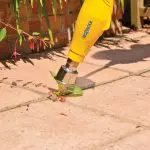
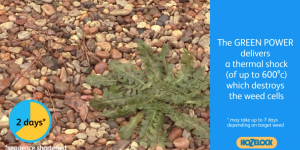
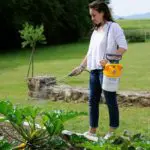
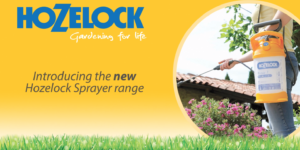


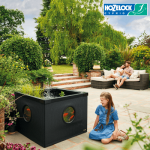

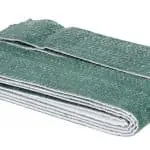
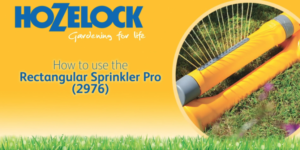
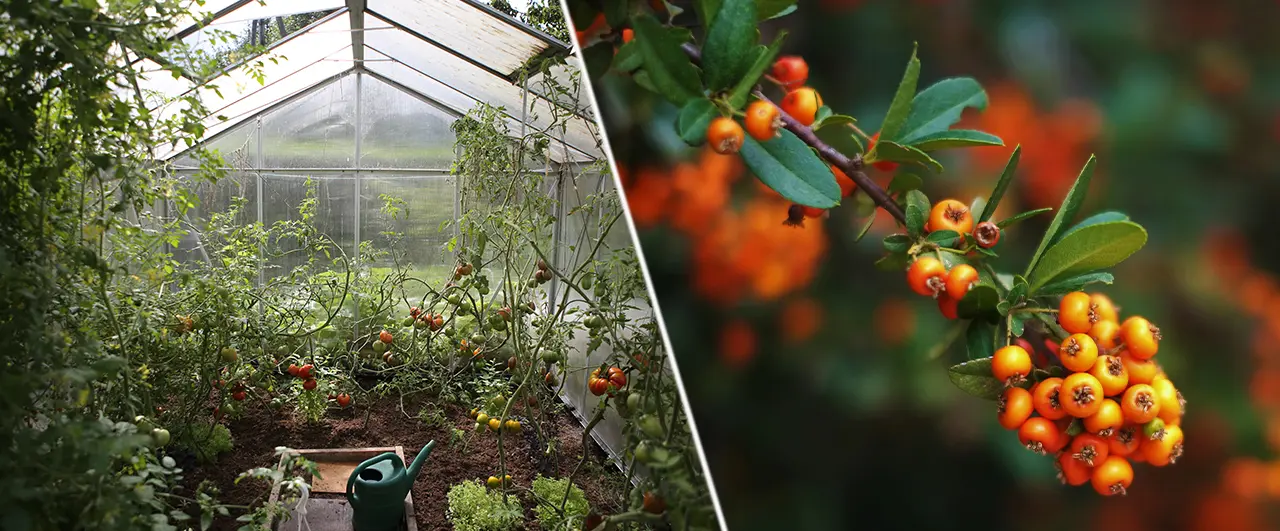

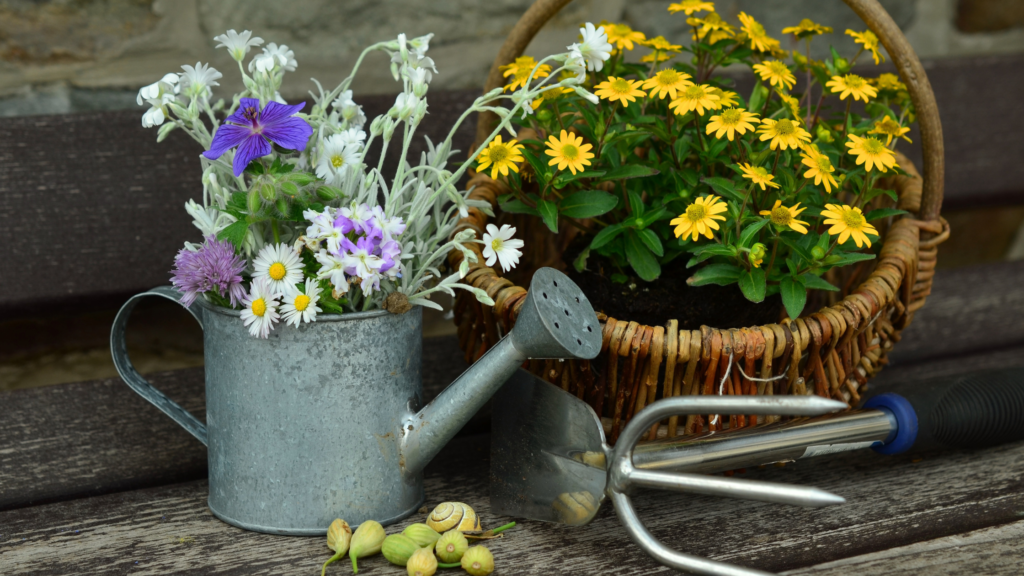
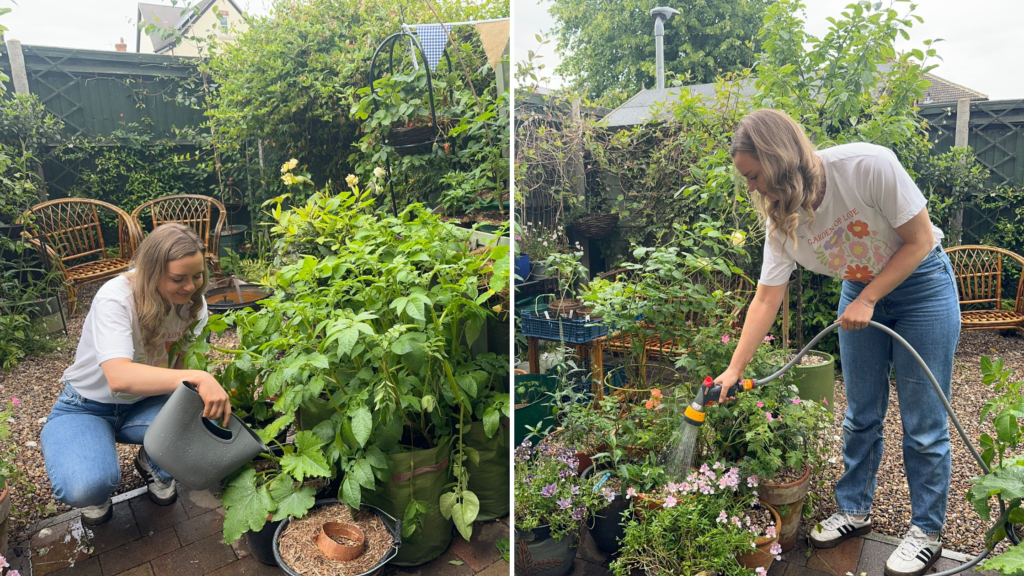
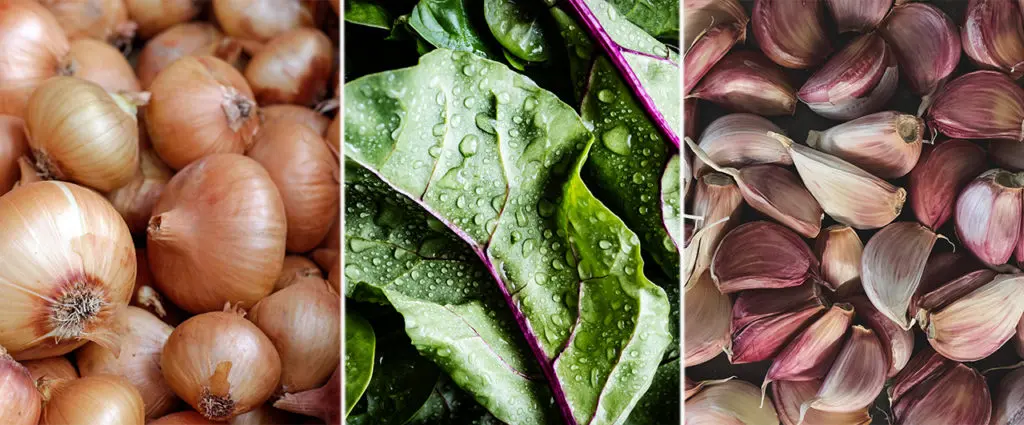
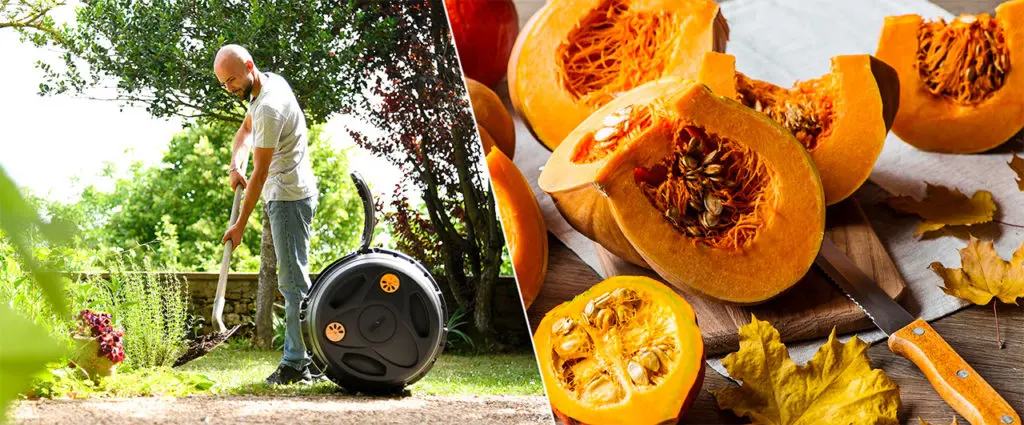
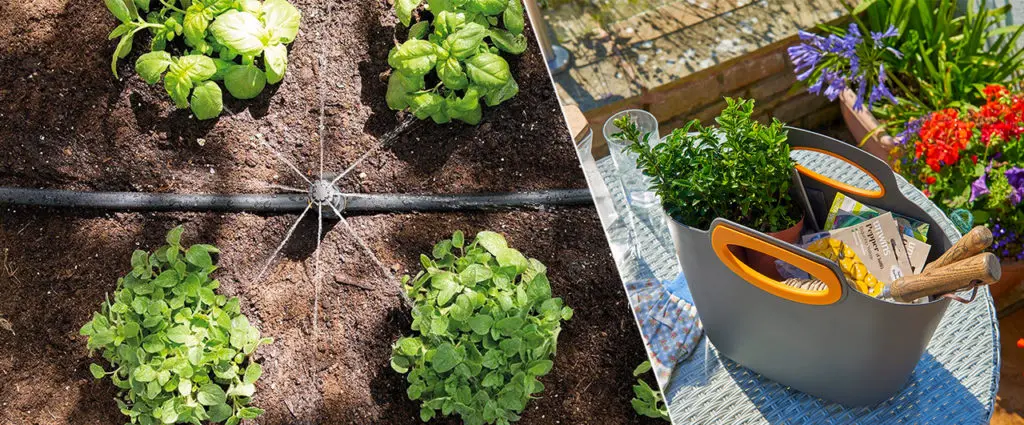
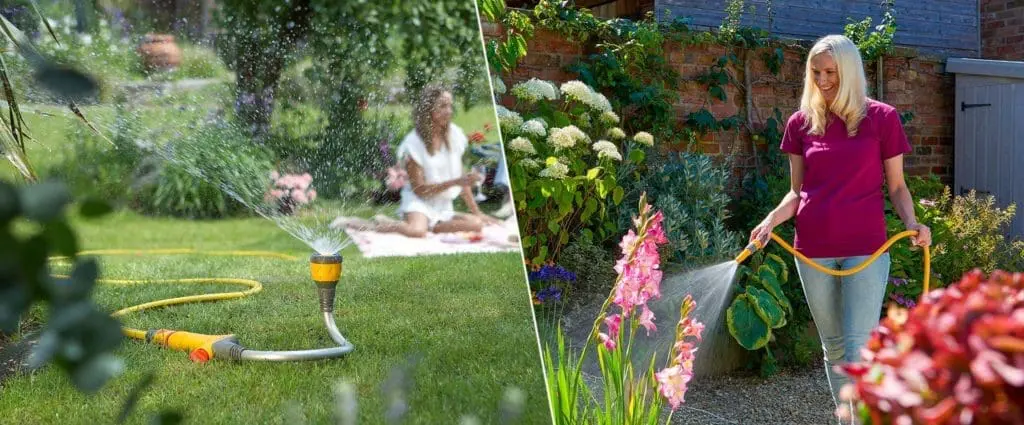
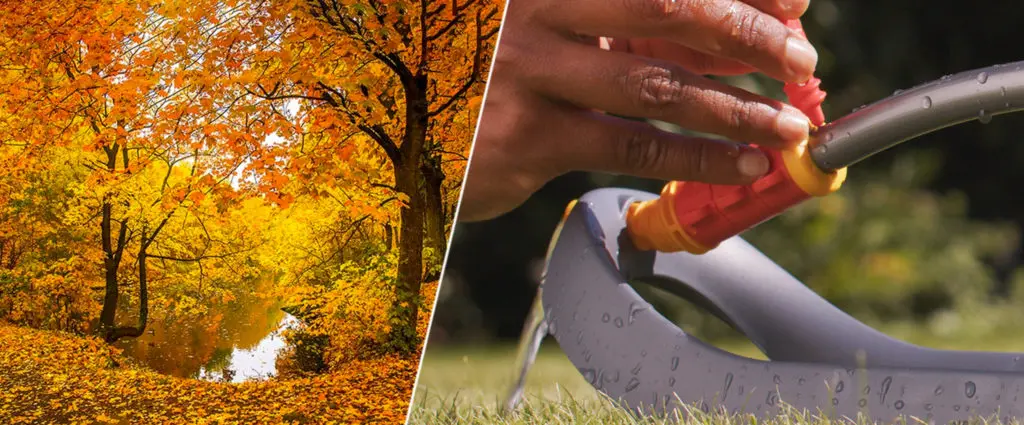
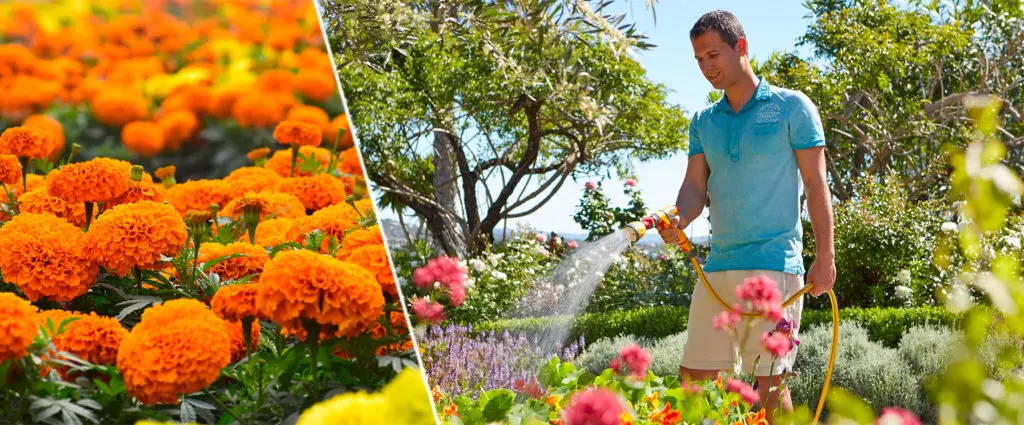

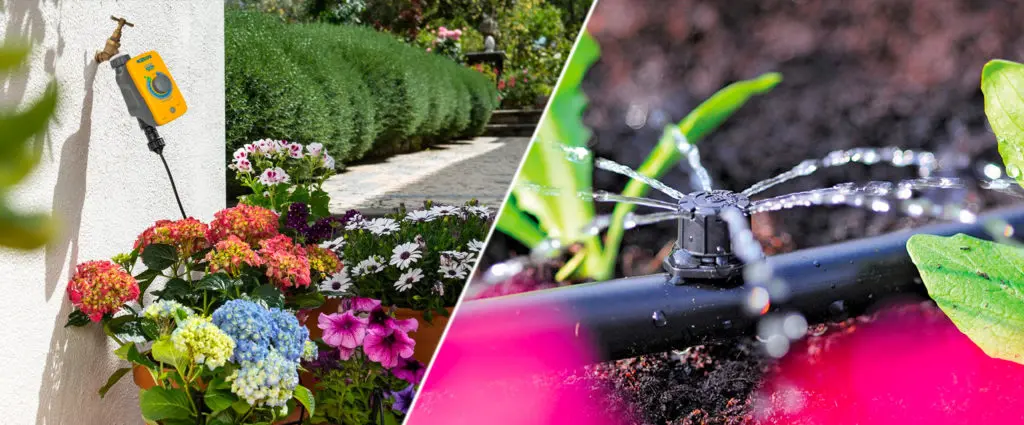
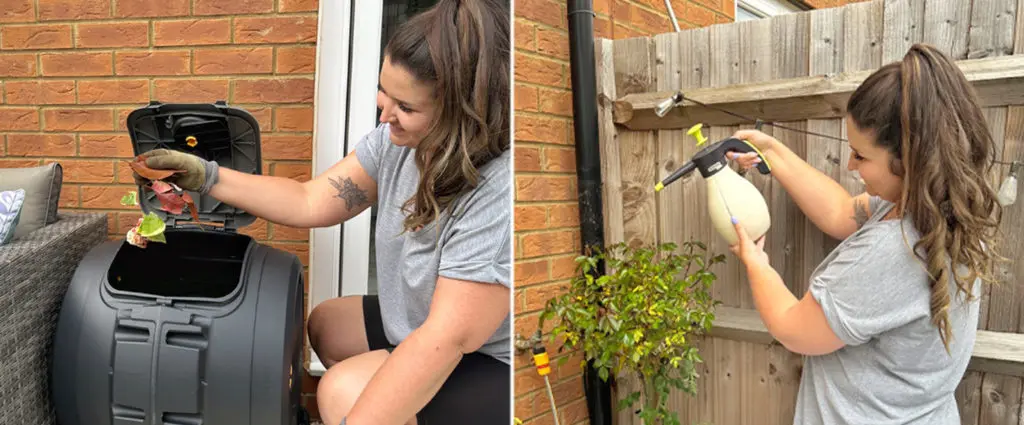
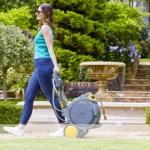
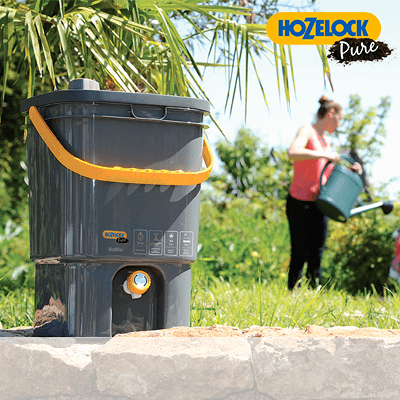
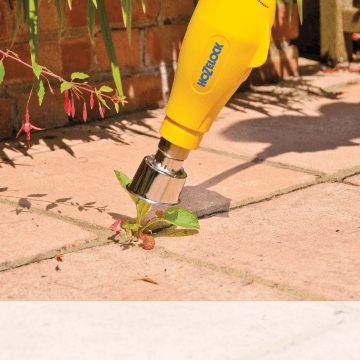
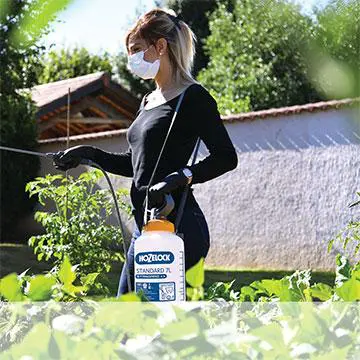

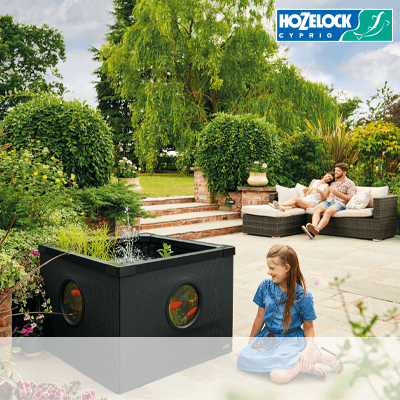
November might seem like a slow month for gardeners, but it’s the foundation for a vibrant and flourishing garden come spring. So, grab your gardening gloves and get to work!
Thankyou so much for your great tips and hints. As a new pond owner I will be clearing the leaves from the pond and putting netting up to prevent more. I have a hoselock pond pump and will keep it on timer over winter to stop the pond freezing over. Great tips for the garden also.